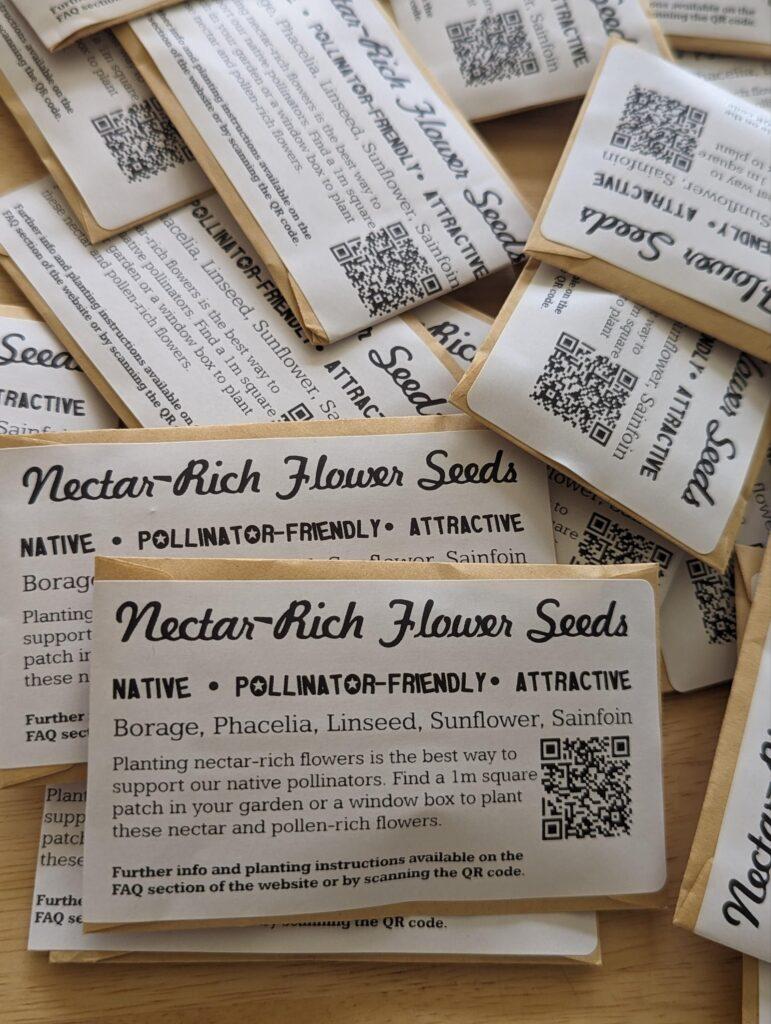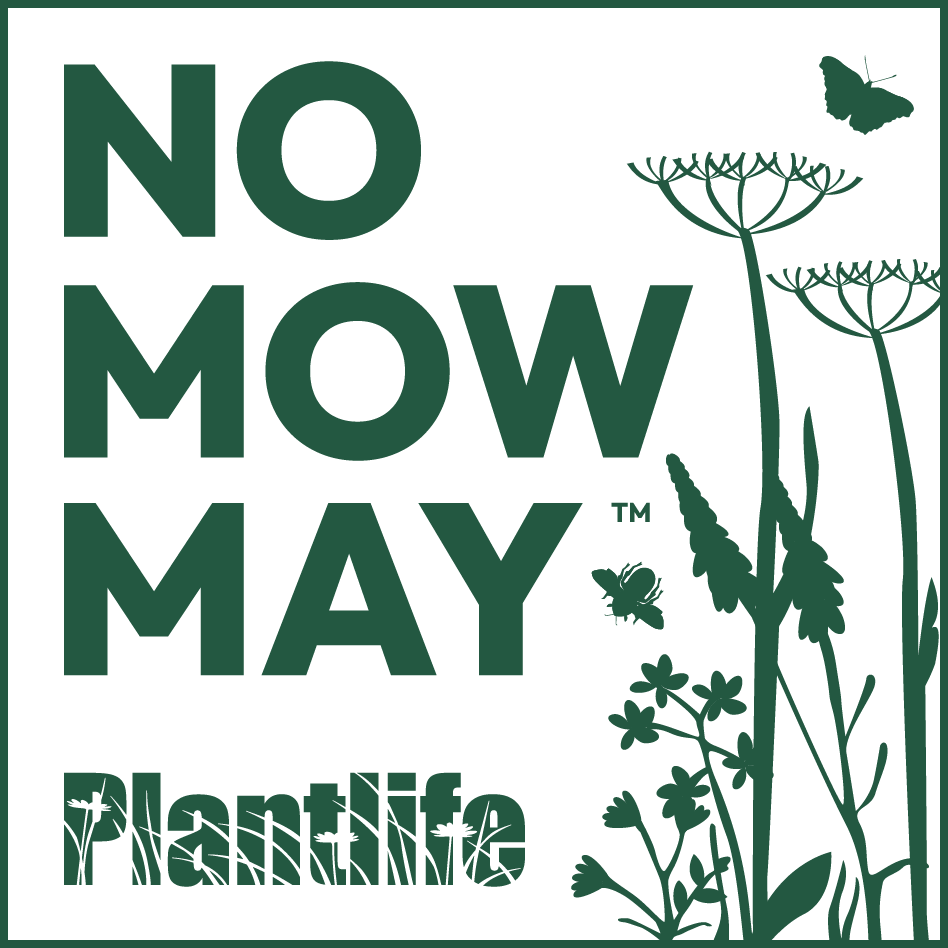Bees are essential to our ecosystems. I often get asked how people can help pollinators. My answer is simple: plant for pollinators.
Planting for bees entails developing a habitat that gives bees the food and protection they require to survive. You can carry out this activity in parks, gardens, and even on balconies and windowsills. Here are some pointers for gardening to attract bees:
Pick Suitable plants!
Choose plants that produce a lot of nectar and pollen when choosing plants for bees. Bees are drawn to flowers with plenty of petals in vibrant colours, so pick plants like lavender, marigolds, sunflowers, and zinnias. Native plants are another excellent option because they are adapted to the environment and give bees the nourishment they require. A small corner of the garden dedicated to wildflowers is easy to maintain and invaluable to pollinators (consider borage and phacelia). Blackthorn hedges are also better for pollinators than a wooden fence.
Plant in Groups
Large flower groupings draw bees more than individual plants do. Therefore, planting in groups is preferable to randomly dispersing individual plants. For bees, this makes a more obvious target, which makes it simpler for them to locate and gather nectar and pollen.
Create nesting areas
Bees require a location to build their nest and lay their eggs. As many bees build their nests in the earth, leaving bare patches of soil in your yard might serve as a haven for bees that build their nests there. Bee hotels, which offer nesting tubes for bees to lay their eggs, can also be installed.
Don’t use insecticides
Finding bees that have made it all the way back to the hive with pollen loads on their legs only to have died due to people spraying dandelions in the spring is a really sad sight. A significant danger to bee populations is pesticide use. Avoid use of pesticides. Use natural pest management techniques instead, such hand-picking insects, companion planting or a homemade weed killer made from vinegar, salt and washing up liquid. Finally, remember to support “No Mow May” where you refrain from mowing your lawn in May to encourage dandelions to flower.



